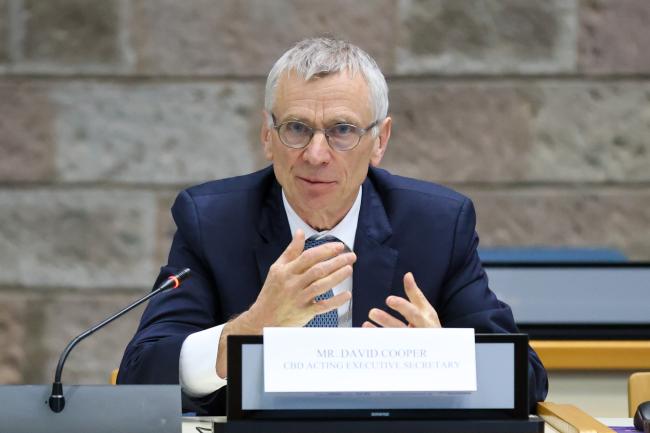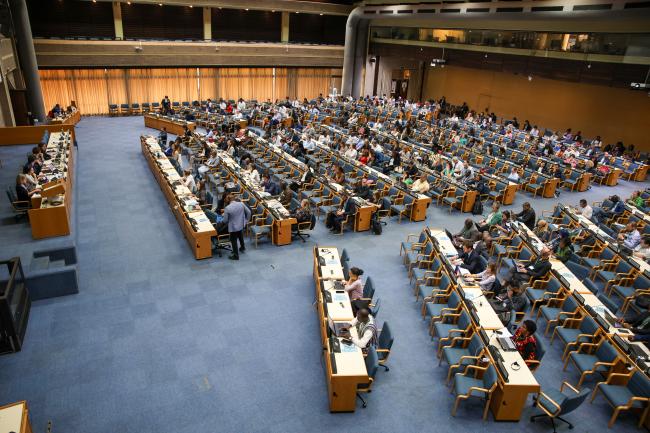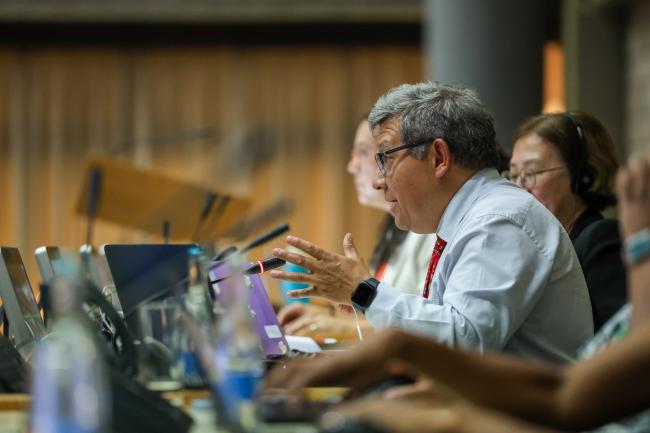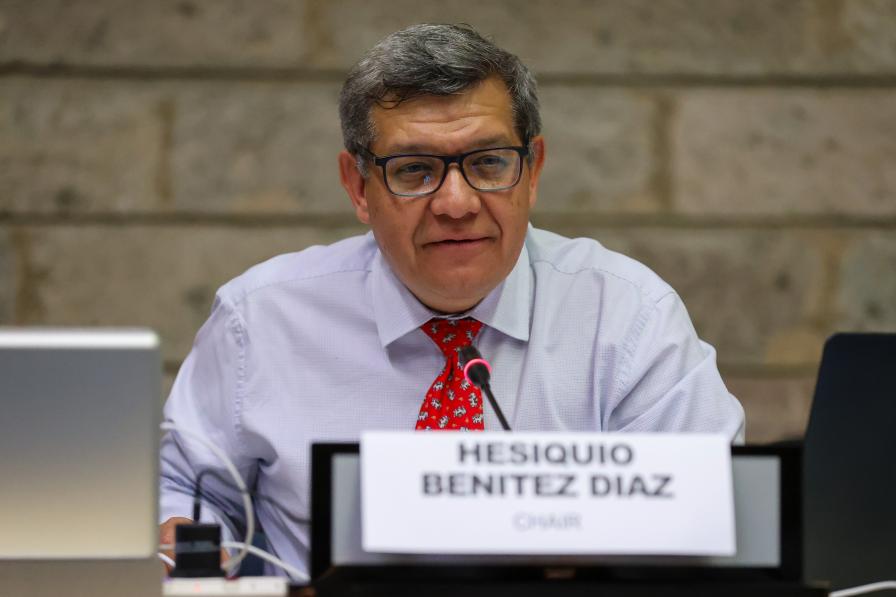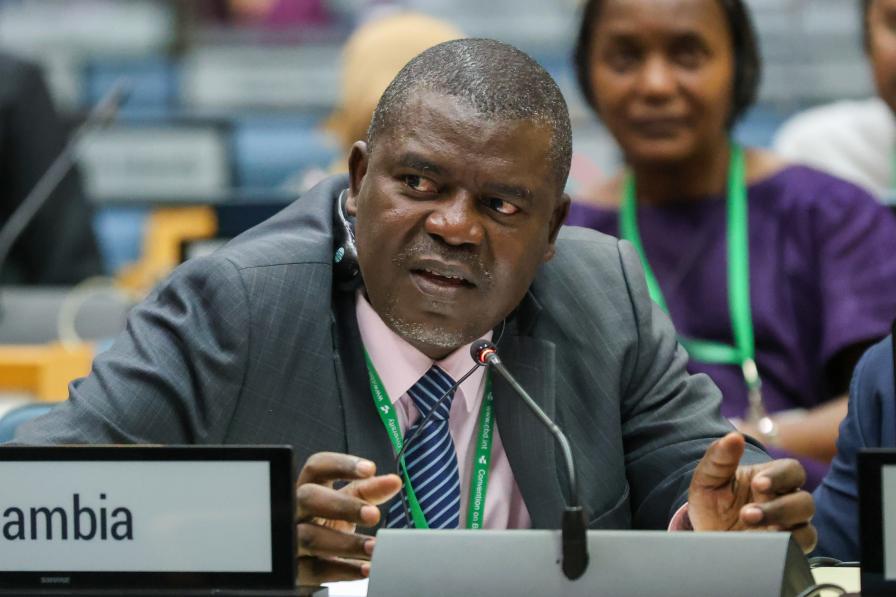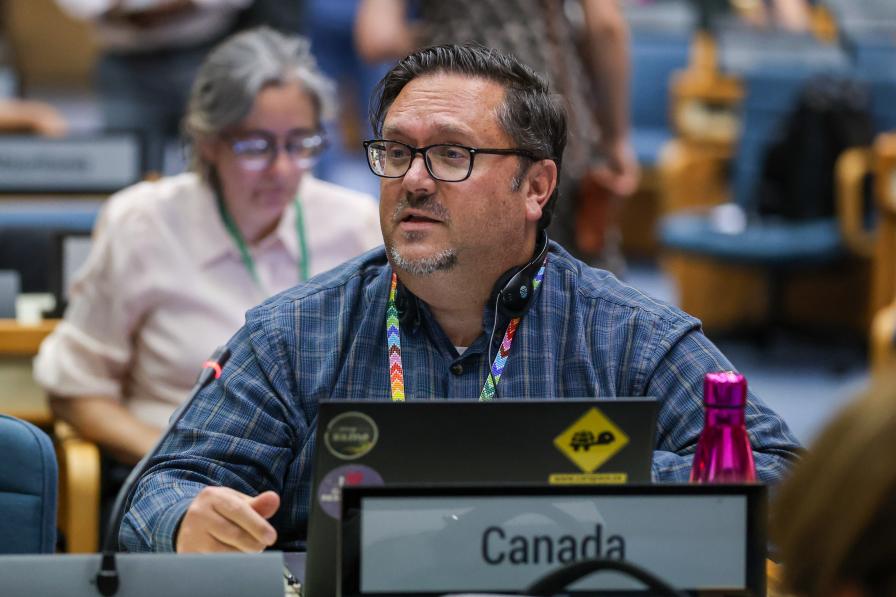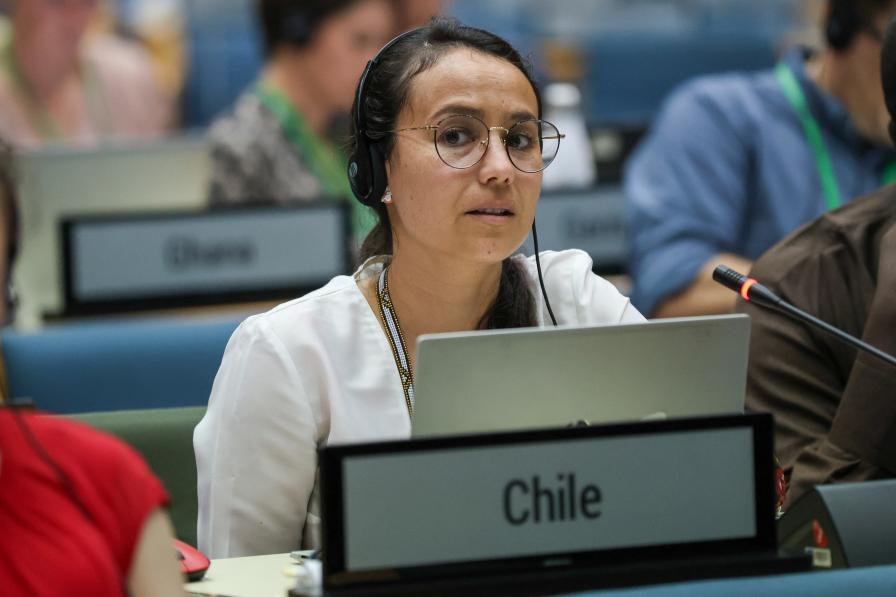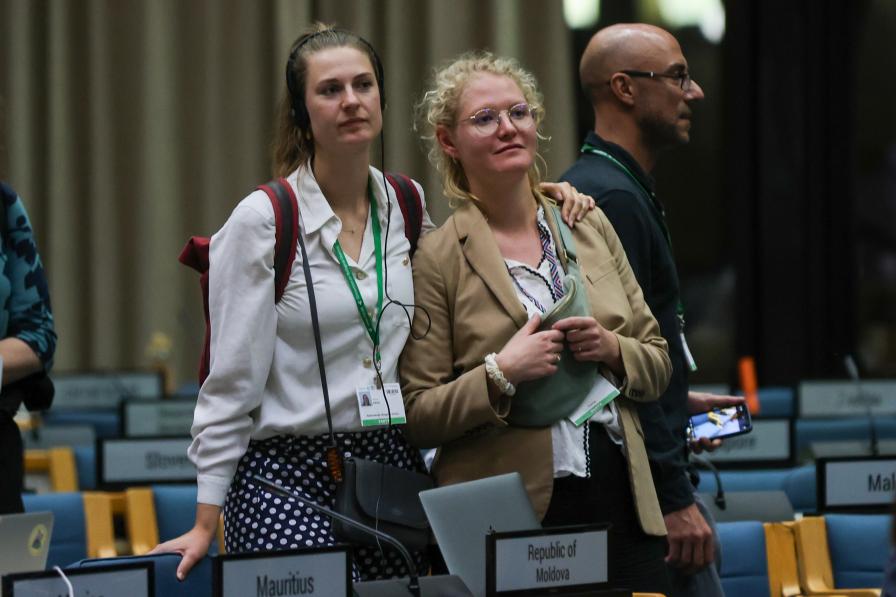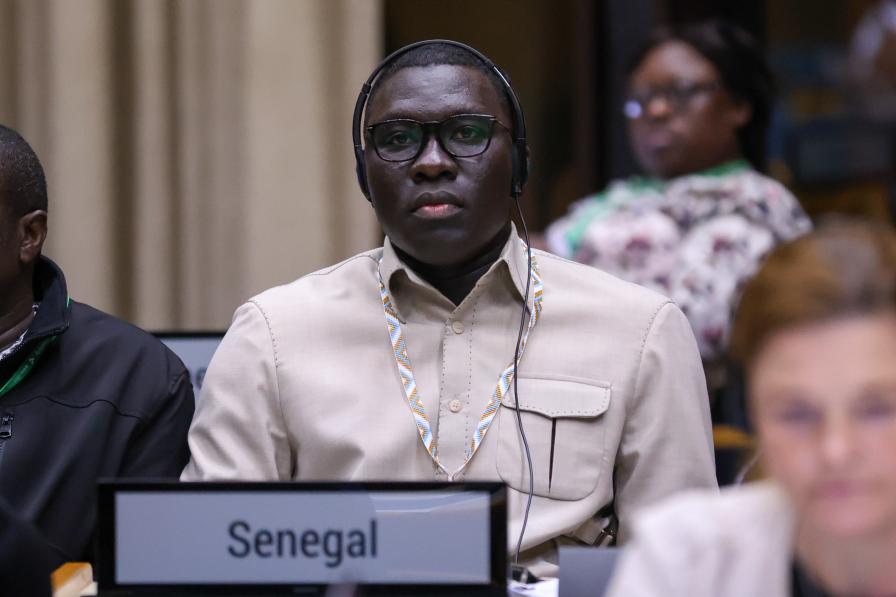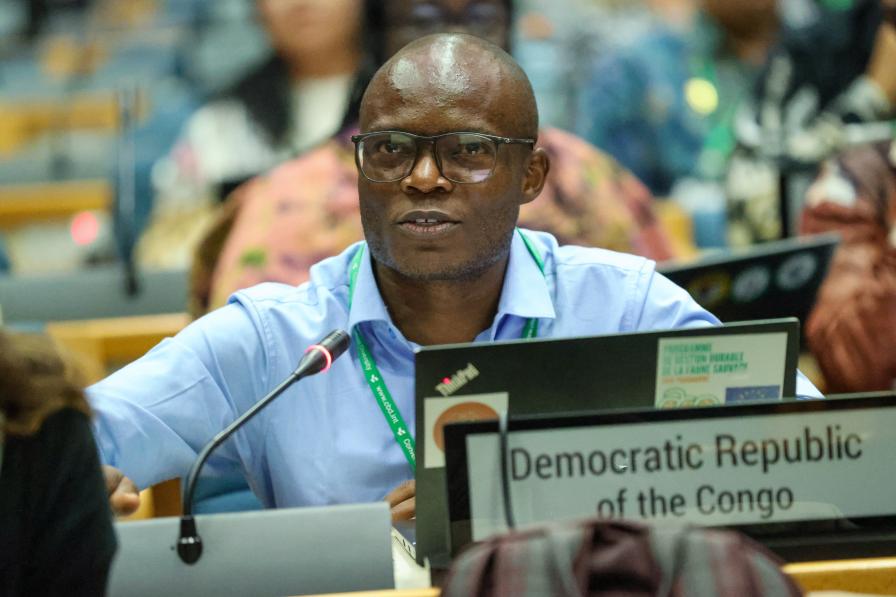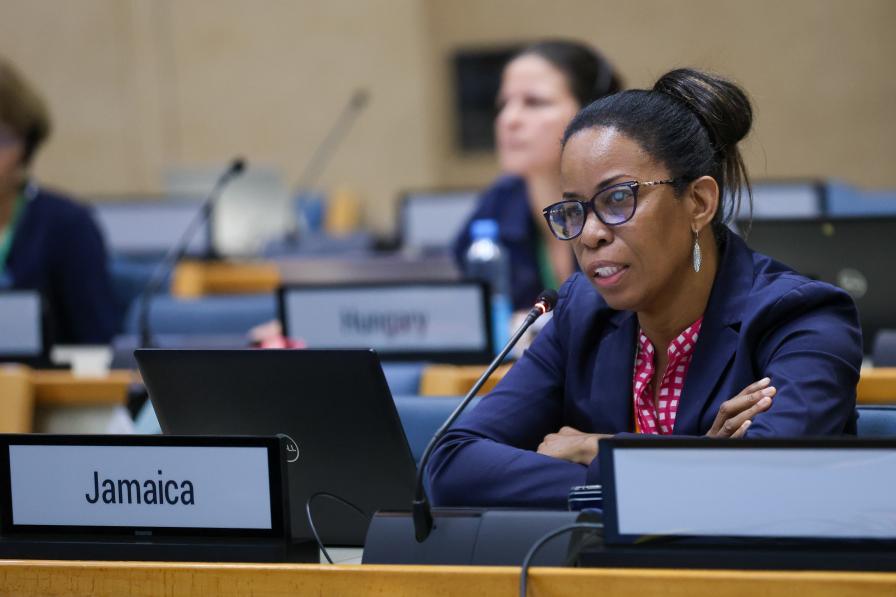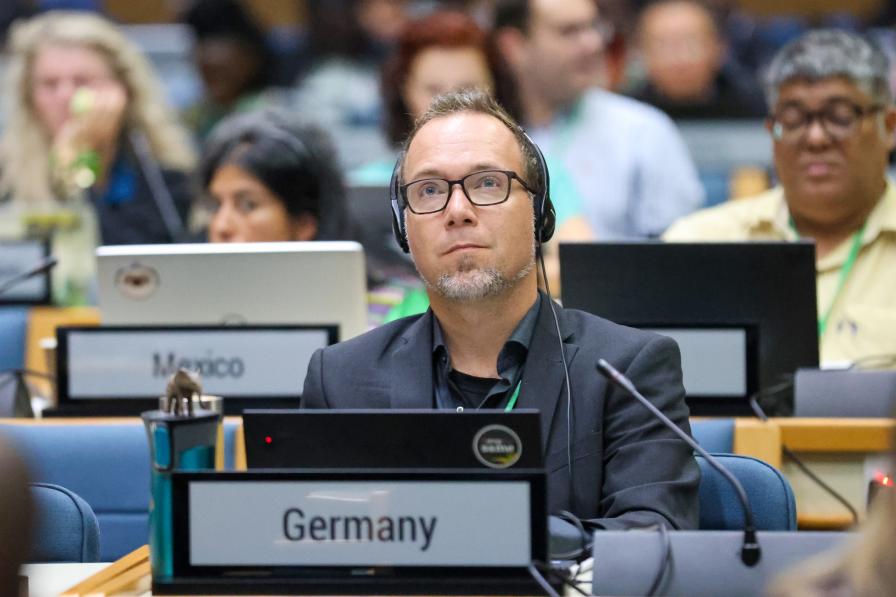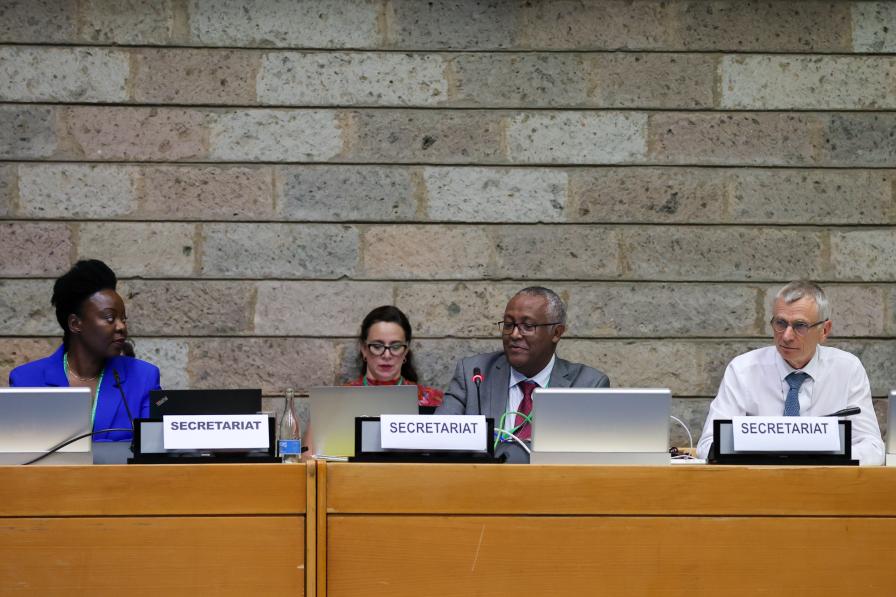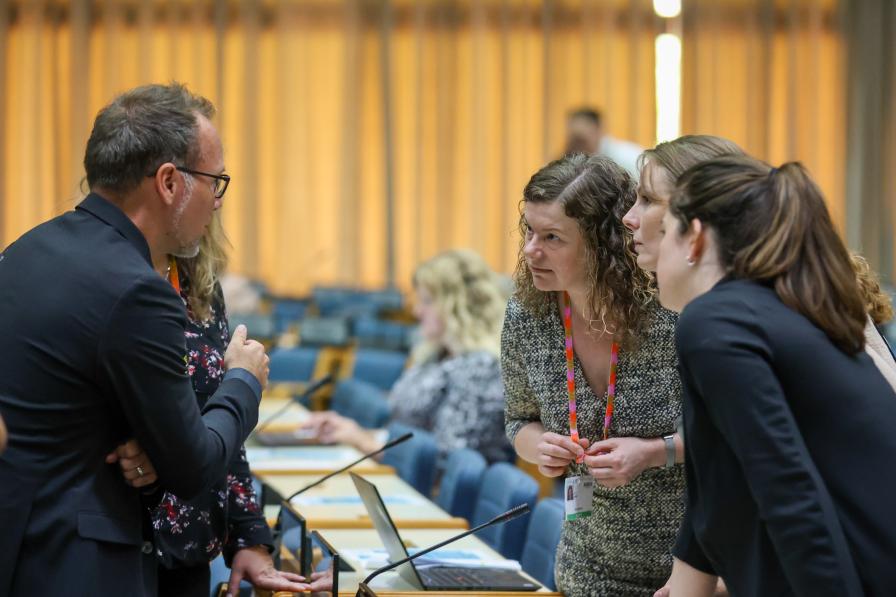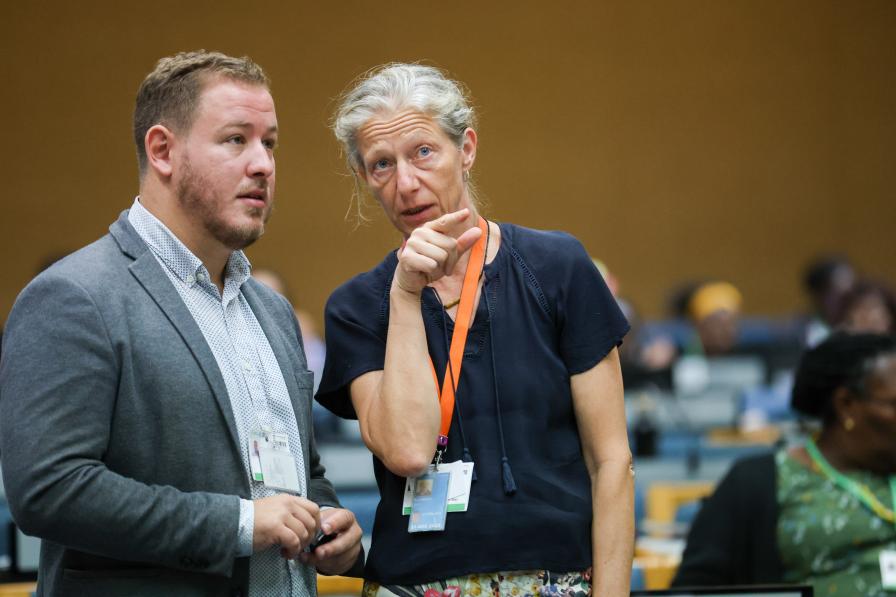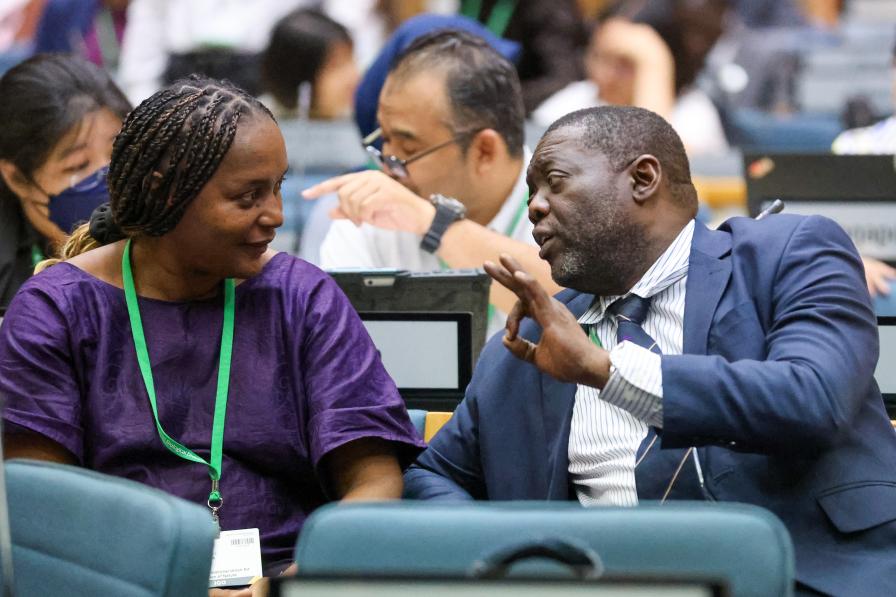Collaboration among multilateral environmental agreements (MEAs) is mutually beneficial, as it allows for a more comprehensive and holistic approach to addressing the global biodiversity crisis. The Kunming-Montreal Global Biodiversity Framework (GBF) provides the ideal platform for enhanced collaboration among MEAs to share vital information and to coordinate efforts for a more effective approach to implementation.
Synergies among different MEAs and processes dominated discussions on the fourth day of the twenty-fifth meeting of the Subsidiary Body on Scientific, Technical and Technological Advice (SBSTTA 25) of the Convention on Biological Diversity (CBD), as delegates delved into ways of enriching scientific and technical advice in areas such as invasive alien species (IAS), sustainable wildlife management, and links between biodiversity and climate change.
Want to dig deeper into today's talks? Read the full Earth Negotiations Bulletin daily report.
During afternoon and evening plenary sessions, delegates reviewed conference room papers containing recommendations related to:
- invasive alien species (IAS);
- approaches to identifying scientific and technical needs to support GBF implementation, including implications for the Convention’s work;
- sustainable wildlife management;
- scientific, technical and technological inputs to inform the global review of collective progress GBF implementation; and
- the monitoring framework for the GBF.
Biodiversity and Climate Change
This contact group, co-chaired by Mariela Cánepa Montalvo (Peru) and Tia Stevens (Australia), met to discuss draft recommendations on the work of the Intergovernmental Science-Policy Platform on Biodiversity and Ecosystem Services, and the sixth Assessment Report of the Intergovernmental Panel on Climate Change.
Mechanisms for Planning, Monitoring, Reporting and Review
This contact group, co-chaired by Bilal Qtishat (Jordan) and Gaute Voigt-Hanssen (Norway), held its second meeting and finalized discussions on the elements to be included in assessing the progress of the GBF implementation. Parties debated at length on the scientific and technical synthesis of the state of, and trends in, biodiversity.
Monitoring Framework for the GBF
This contact group, co-chaired by Jan Plesnik (Czechia) and Adams Toussaint (Saint Lucia), met and completed its deliberations. Delegates discussed prioritization of the work of the Ad Hoc Technical Expert Group (AHTEG) and deliberated on AHTEG’s tasks on headline indicators. Parties agreed that AHTEG’s tasks should remain within the scope of current mandates.
With only half a day left, delegates felt the mounting pressure to complete their work. They forged ahead, engaging in an evening plenary session to make strides towards the finish line. Progress across various topics was varied, with some reaching agreements swiftly, while others proved to be more arduous and time consuming.
To receive free coverage of global environmental events delivered to your inbox, subscribe to the ENB Update newsletter.
All ENB photos are free to use with attribution. For the 25th Meeting of the CBD Subsidiary Body on Scientific, Technical, and Technological Advice (SBSTTA 25) and Resumed Second Part of the 15th Meeting of the CBD Conference of the Parties, please use: Photo by IISD/ENB | Mike Muzurakis.
Plenary Session
Contact Groups

Contact Group on Mechanisms for Planning, Monitoring, Reporting and Review Co-Chair Gaute Voigt-Hanssen, Norway

Contact Group on Biodiversity and Climate Change Co-Chairs Tia Stevens, Australia, and Mariela Cánepa Montalvo, Peru
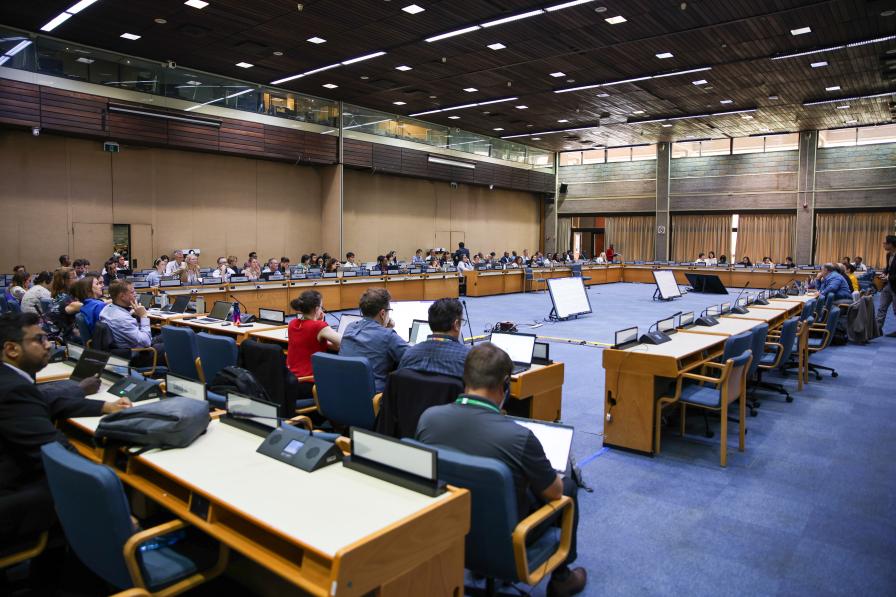
View of the room during the Contact Group on Mechanisms for Planning, Monitoring, Reporting and Review

